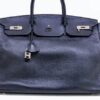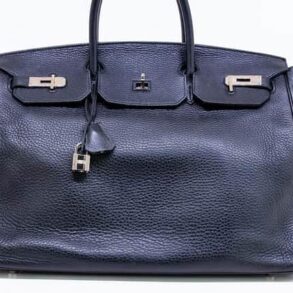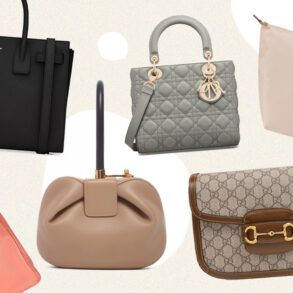- Alexis Clarbour has been buying and selling Hermès bags for a decade and knows how to spot a fake.
- When authenticating, she suggests looking at the bag’s front hardware, stitching, and sizing.
- Hermès bags are made of high-quality leather, so the smell is also a good indicator of authenticity.
This as-told-to essay is based on a conversation with Alexis Clarbour, the 49-year-old vice president of sales and business development at Madison Avenue Couture (MAC) in New York City. It’s been edited for length and clarity.
I started my career as a Nasdaq trader but transitioned into luxury goods 12 years ago because I wasn’t happy on Wall Street.
I took an operations role at an e-commerce marketplace called Portero, where my passion for luxury handbags, specifically Hermès bags, began. I later moved on to Madison Avenue Couture (MAC).
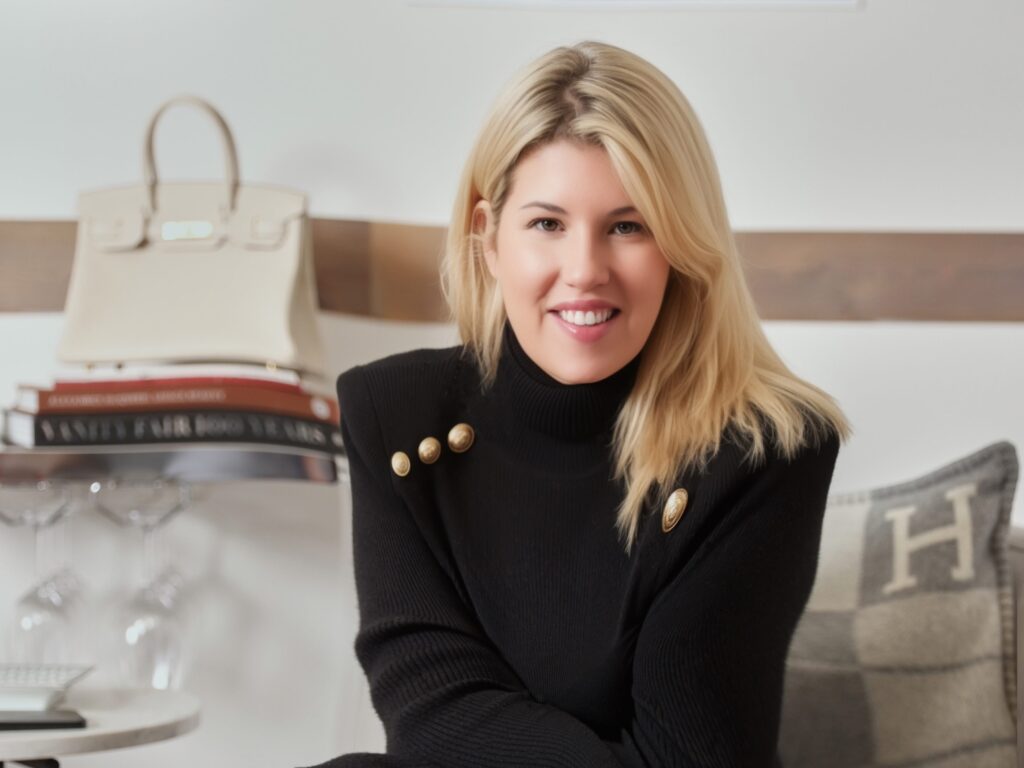
MAC curates the most collectible merchandise from Hermès, Chanel, and Goyard, and we have the largest in-stock collection of new and never-worn authentic Hermès bags in the US.
People buy luxury bags for various reasons from various places
Luxury customers who purchase designer bags know they have something beautiful and desired that maintains its value, so they can collect or resell it. If they take good care of a bag from Hermès or Chanel and sell it, they can get most of their money back — and in certain cases, make a profit.
When I started in 2014, online reselling was looked down upon; no one wanted to say they bought their bag anywhere but the brand itself. That ideology has changed. Purchasing in the secondary market is now widely accepted.
Most of our clients don’t have the time or patience to play the “Hermès game”
Hermès bags are sold to clients who consistently spend the most on the brand. Customers must cultivate a relationship with their Hermès sales associate by purchasing all sorts of Hermès items other than leather — fine jewelry, watches, and furniture have the greatest benefit.
At some point, your sales associate will offer you a bag, but it’s unlikely to be the bag you want and you may have to wait a long time for another opportunity. Hermès also limits the purchases of Birkins, Kellys, and other quota bags to two a year.
Most of our clients prefer to come to us and get exactly what they want the same day without waiting — and that’s why our bags sell at a premium to Hermès’ retail price. We get rare bags because we’ve spent many years cultivating relationships with clients and VIPs, and they know we’re discreet.
Hermès and Chanel bags increase in price every year
In the resale world, the price of bags is a bit arbitrary. A Hermès Kelly bag may cost $10,900 in the store, but it sells on the secondary market for $36,000 because the demand outweighs the supply.
We used to limit credit card purchases to $50,000 and offered bank wire options, but we changed it to $100,000. Within three days, someone bought a crocodile Birkin for $97,570.
One of the priciest bags we’ve ever sold was a Himalaya Birkin with diamonds for $525,000. Several clients have spent more than $1 million.
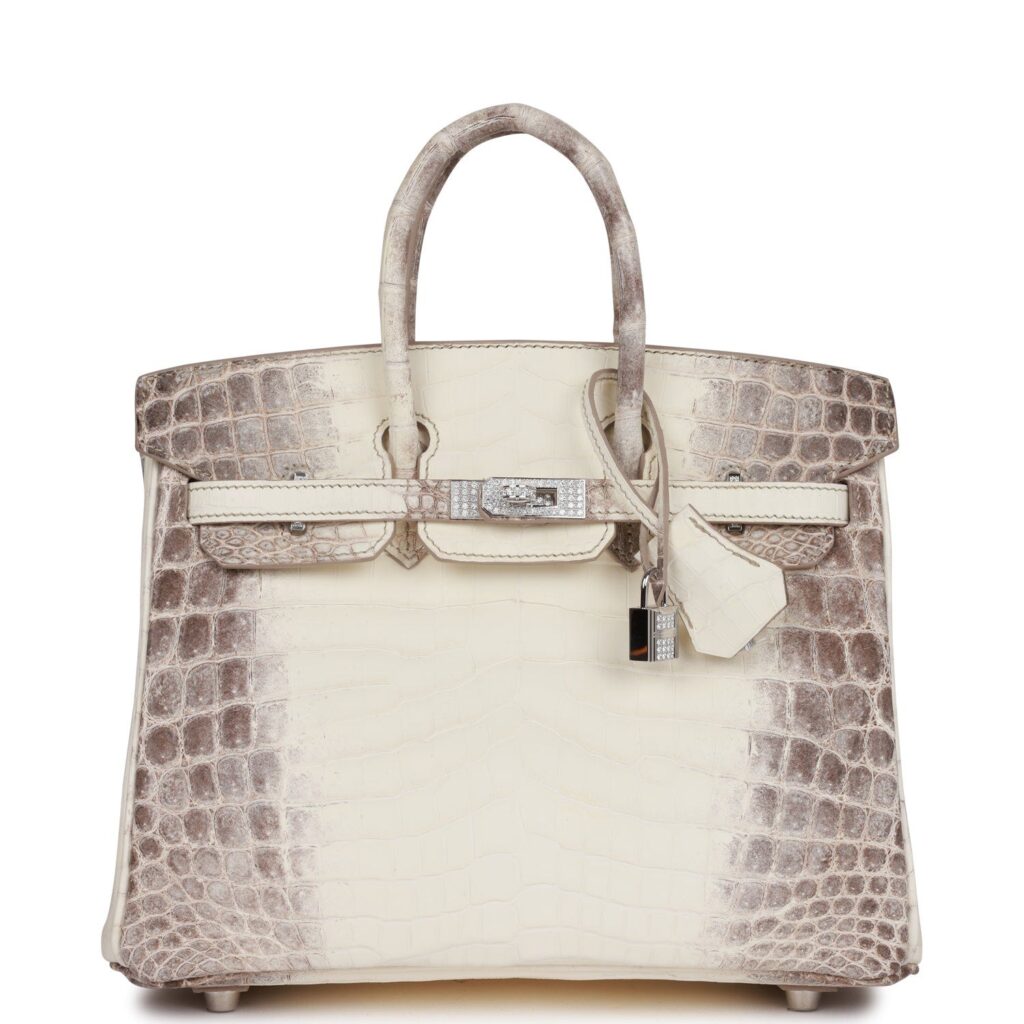
We have people who try to sell us their fakes whether they know it or not
As this business evolved, the counterfeiters have, too. About 3% of the bags submitted to us are counterfeit.
Individuals, other resellers, and boutiques from all over the world sell their bags to us. We have a double-authentication process and never pay before we authenticate the item by a third party.
It can be uncomfortable to tell a wife or girlfriend that the bag their significant other gave them wasn’t what they thought. It’s sad to see someone’s genuine reaction when they realize they’ve been lied to or misled.
There are over a dozen places on bags to look for consistencies to determine if a luxury item like a Hermès bag is real or not
When it comes to spotting fakes, stamps, maker’s marks, and overall construction are great places to start.
As a consumer, I would focus on these details:
1. Overall quality of the bag and its construction
Hermès uses the highest quality materials, and the bags are made by master craftspeople who have been trained for years. If the bag looks like it’s been made with cheaper materials or hardware or has been sloppily put together, it’s not an authentic Hermès bag. Sometimes the grain on the leather is wrong, the bag feels lighter than a real Hermès bag, or the hardware is too thin.
2. Front hardware
The hardware on the left strap of a Birkin and Kelly is engraved with HERMES_PARIS. The font must be consistent with the font used by Hermès. Often the ‘A’ can’t be properly duplicated or the hyphen is wrong, or the accent over the second ‘e’ in Hermès is off. Under a loupe, the engraving may look chiseled and not as smooth as a genuine Hermès bag.
3. Front stamp
The stamp on the leather under the flap of a Birkin and Kelly has a certain consistency. The letters are spaced equally apart and the same height on each line. If the bag is a Horseshoe stamp bag, which is a custom order, or an exotic, there’s a symbol, and on fake bags, it’s often improperly placed.
4. Stitching
Individual craftsmen make these bags, so the stitching is imperfect. They use a method called saddle stitching with a specific upwards flow. If the stitching is consistent and looks machine-made, then it’s not made by one of those skilled artists.
5. Sizing and proportion
Each model is a specific size — so if you measure the bag and it isn’t those specific measurements, it’s definitely a fake. Sometimes on fakes, the base is short, but given the geometric construction of the bags, especially the Sellier ones, a short base will need to have shorter sides to maintain proportion, and it’s no longer a size that Hermès issues.
6. Zipper
In the Birkin and Kelly, there’s a zippered compartment. The pull is stamped Hermès and there’s an ‘H’ at the other end. Most fakes can’t replicate the zipper pull and/or ‘H’ to the level of an authentic bag.
7. Keys and lock
The lock and the keys have matching numbers, but some numbers have been consistent with counterfeits. The engraving on the lock must be smooth and not chiseled or dotted. If it’s not smooth, the lock is fake, and the handbag likely is also.
8. Serial code
Every Hermès bag has a serial code inside the bag. The first letter denotes the year the bag was made. The rest of the code consists of identifiers placed in a certain location in the bag with certain spacing. If they’re in a different location or look inconsistent in spacing or lettering, that’s a red flag.
9. Dustbag
Since 2005, the Hermès dustbag has been a beige herringbone made of high-quality material with a brown drawstring. In the front center is the Hermès “Le Duc” logo surrounded by two circles. If there’s one circle, or if the Le Duc is too dark or off-center, the dustbag is likely fake.
10. Color
Hermès introduces or reintroduces certain colors yearly and discontinues or “rests” other colors. Sometimes a color will be available in one leather and not another. If a bag is of a color or in a leather that wasn’t produced in the year it says it was, it’s unlikely to be a genuine Hermès bag.
11. Smell
Hermès uses the finest leather, so the bag shouldn’t smell of plastic or have an overpowering chemical smell. It should smell like rich leather.
12. Receipt
Counterfeiters have been known to alter authentic receipts. We keep a book of legitimate receipts from all over the world to compare and ensure they’re consistent. All receipts from the same boutique use a particular font. They’re typically packed with important information regarding the bag, color, hardware, size, and serial code. If the font or information differs, it’s a major red flag.
13. Price
If the price is too good to be true, then it is. There are no deals — if someone offers a new Hermès bag below market in the secondary market, I’d recommend staying away.
This post was originally published on this site be sure to check out more of their content.

